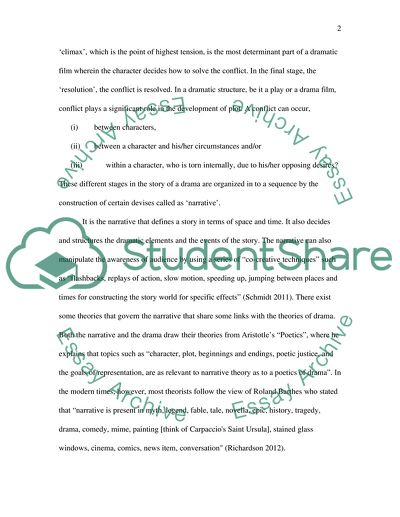Cite this document
(“Analysis of a drama film-The Truman Show Essay Example | Topics and Well Written Essays - 2750 words”, n.d.)
Retrieved from https://studentshare.org/visual-arts-film-studies/1587564-analysis-of-a-drama-film-the-truman-show
Retrieved from https://studentshare.org/visual-arts-film-studies/1587564-analysis-of-a-drama-film-the-truman-show
(Analysis of a Drama Film-The Truman Show Essay Example | Topics and Well Written Essays - 2750 Words)
https://studentshare.org/visual-arts-film-studies/1587564-analysis-of-a-drama-film-the-truman-show.
https://studentshare.org/visual-arts-film-studies/1587564-analysis-of-a-drama-film-the-truman-show.
“Analysis of a Drama Film-The Truman Show Essay Example | Topics and Well Written Essays - 2750 Words”, n.d. https://studentshare.org/visual-arts-film-studies/1587564-analysis-of-a-drama-film-the-truman-show.


